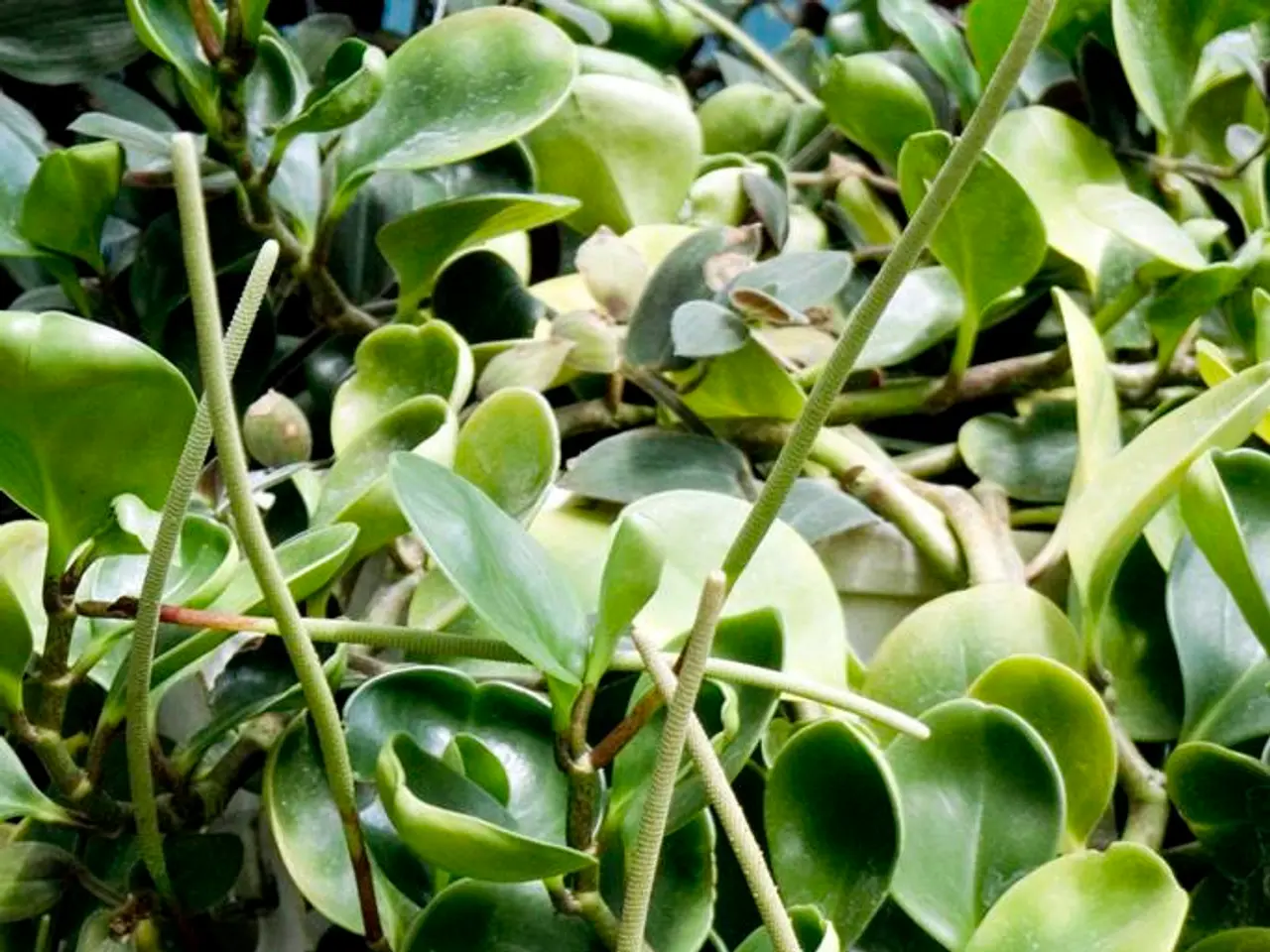Proper Methods for Hydrating a Terrarium – Insider Information
In the vibrant world of terrarium gardening, understanding the right watering frequency is crucial for maintaining a thriving ecosystem. The optimal watering schedule for a terrarium depends on several key factors, including the size of the terrarium, materials used, plants inside, and the surrounding environmental conditions.
1. Terrarium Size and Materials
Smaller terrariums tend to dry out faster due to less substrate volume, requiring more frequent monitoring. Different growing mediums affect moisture retention, with sandy soils drying quickly and loamy soils retaining moisture longer. Materials like coco coir hold moisture differently and may require more precise watering and nutrient management. Closed terrariums retain humidity longer and need less frequent watering than open ones which lose moisture quickly.
2. Plants Inside the Terrarium
Different plants have varying water needs. Succulents and cacti need infrequent watering, preferring the soil to dry out thoroughly between watering to prevent root rot. Tropical plants, mosses, ferns, and air plants, on the other hand, prefer higher humidity and more frequent moisture. Some plants like air plants require soaking or misting weekly to biweekly, depending on climate. Plants in terrariums with automated misting systems often require less manual watering, as these systems adjust moisture based on humidity levels.
3. Environmental Conditions
Temperature influences evaporation rates and plant water use. Hotter environments require more frequent watering. Seasonal growth cycles also affect watering frequency—for example, cacti need water weekly during active growth (spring/summer) and much less during dormancy (autumn/winter). Airflow and humidity play a role too—more airflow or drier air calls for more frequent watering or misting.
4. Practical Steps to Determine Frequency
To determine the right watering frequency, monitor soil moisture regularly by touch or with a moisture meter. Adjust watering so the soil is moist but not waterlogged, ensuring drainage. Observe plant signs: wilting or curled leaves may indicate underwatering; yellowing or soggy substrate indicates overwatering. Start with a baseline based on plant type and terrarium conditions, then adjust as needed.
For succulents/cacti, water every 1-2 weeks during growth, less in dormancy, letting the soil dry fully between waterings. For tropical plants or mosses, mist or water weekly or every few days if the terrarium is open or dry; less if humid. In automated terrariums, rely on built-in sensors and misting with occasional reservoir refills.
In summary, a well-watered terrarium shows an even distribution of water, with no area being sodden or having standing water. The ideal substrate saturation level is to evenly saturate the substrate without leaving any area sodden or having standing water. Terrariums should never be watered unless at least one of the following indicators is present: dry substrate, no visible condensation, crispy, yellowing, or wilting leaves.
Each plant in a terrarium may have different watering needs, so understanding the needs of individual plants is important for a perfect watering system. Overwatering can be harmful to terrarium plants, especially sensitive ones like Fittonia. A closed terrarium ecosystem with an effective water cycle should display condensation throughout the container at certain points throughout the day.
Over time, salts found in tap water can leave white streaks on the container, although they are unlikely to harm the plants. The substrate should never be dry. A moderate amount of water should be added to a terrarium at a time, allowing it to permeate before adding more. Using a water bottle with a spray function or a mister/atomizer is recommended for watering a terrarium, as it ensures an even distribution of water. Misting the insides of the container can help clean off dirt that has picked up on the sides.
A cheaper alternative to reverse osmosis and distilled water is deionized water, which has the salts removed and can be bought in bulk. Letting tap water sit for 24 hours can help evaporate off chlorine, making it less harmful to terrarium plants. If a false bottom layer is present, a small amount of water seeping through to the pebble (or LECA) base is usually fine, maintaining humidity without rotting the roots.
In conclusion, with careful consideration of the factors discussed above, you can create the perfect watering schedule for your terrarium, ensuring the health and happiness of your plants. Happy gardening!
**Reference Table**
| Factor | Effect on Watering Frequency | Example Guidance | |------------------|-----------------------------------------------|--------------------------------------------------| | Size | Smaller = more frequent checking | Small terrarium = check moisture more often | | Materials | Low retention (sandy soil) = more frequent | Coco coir needs specific watering and nutrients[2]| | Plant Type | Succulents: infrequent, Tropical: frequent | Cacti ~1-2 weeks; mosses weekly or as needed[1][3]| | Environment | Hot/dry = more frequent | Summer watering increases, winter reduces[1][3] | | Closed vs Open | Closed = less watering due to humidity | Closed terrarium rarely needs watering[4] | | Automated System | Relies on sensors, reduces manual watering | biOrb AIR uses misting system, manual refill only[4]|
- A gardener paying attention to their terrarium's home-and-garden setup will note that closed terrariums retain humidity longer, thereby needing less frequent watering than open terrariums, as the latter lose moisture quickly.
- When tending to a terrarium with diverse plant life, one should be mindful of each plant's unique water needs, such as watering succulents and cacti infrequently, while providing tropical plants, mosses, ferns, or air plants with more frequent moisture for their preference for higher humidity.





